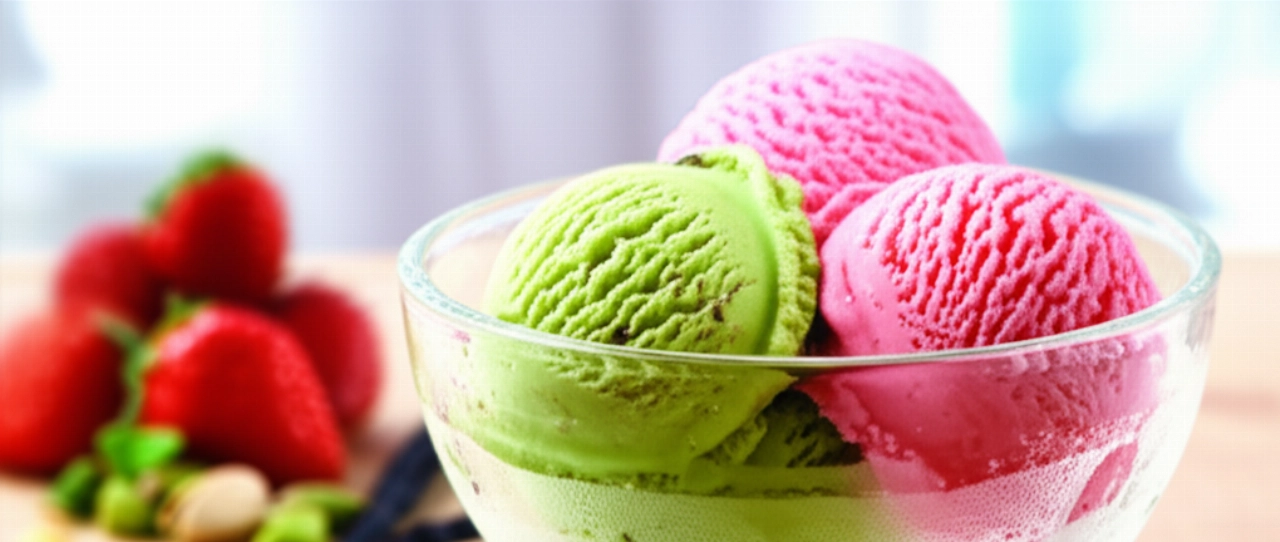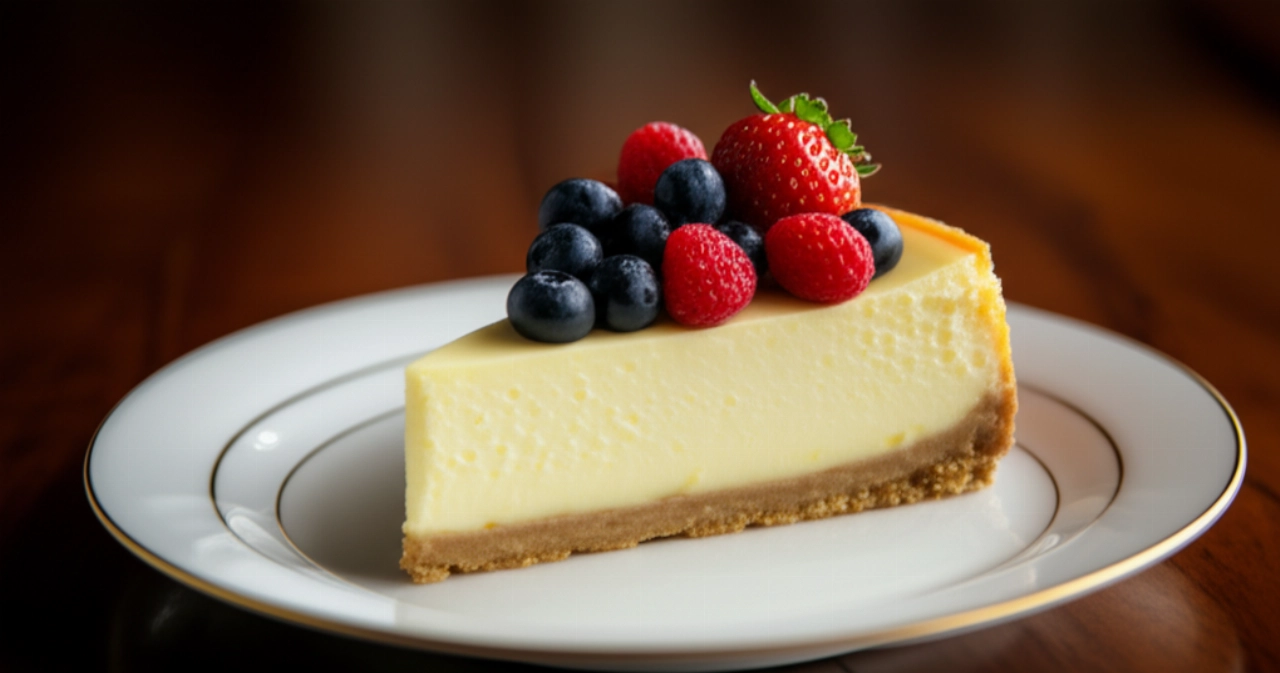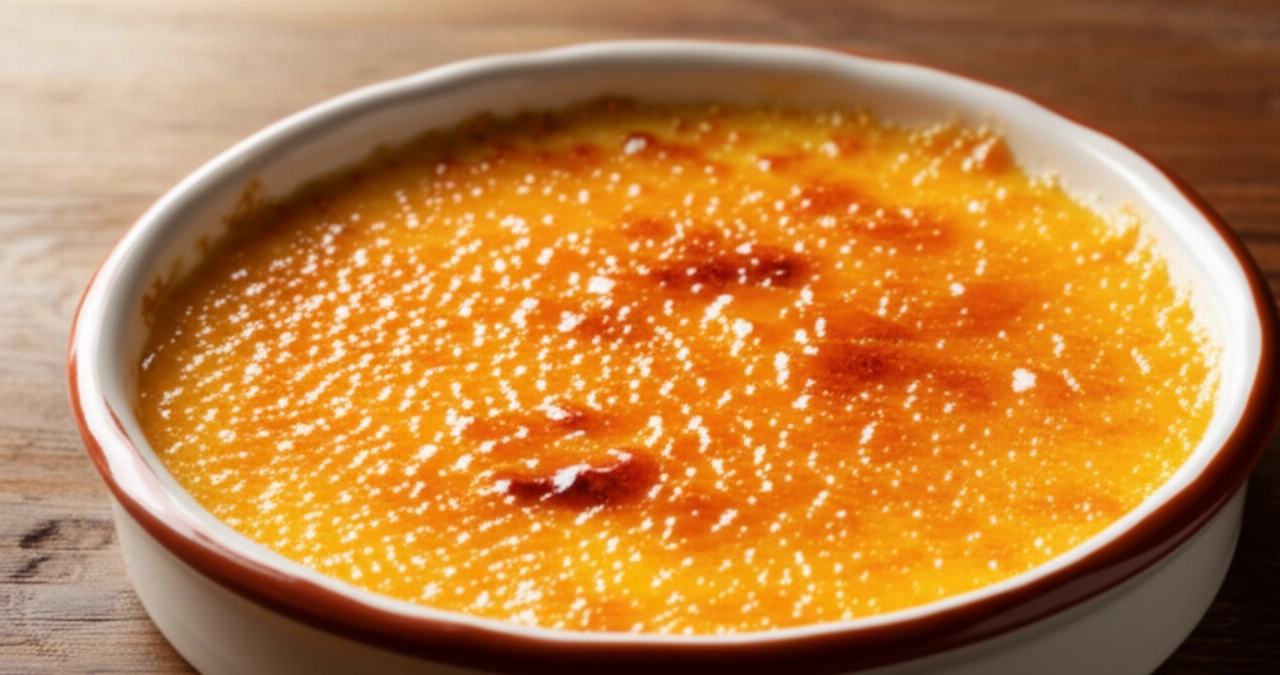How many times have you dreamed of bringing a plate of Spaghetti Carbonara to the table so creamy, rich, and flavorful that it makes all your guests say “Wow!”? But then you ended up with the “omelet” effect or a sauce that was too runny? The fear of wasting precious ingredients and the frustration of not being able to replicate true Carbonara are feelings we know well.
Make yourself comfortable, because today your search ends here. On Search Recipes, your trusted kitchen, we will reveal every single secret for an authentic, creamy, and foolproof Carbonara. Success is guaranteed, and so is the applause from your diners!
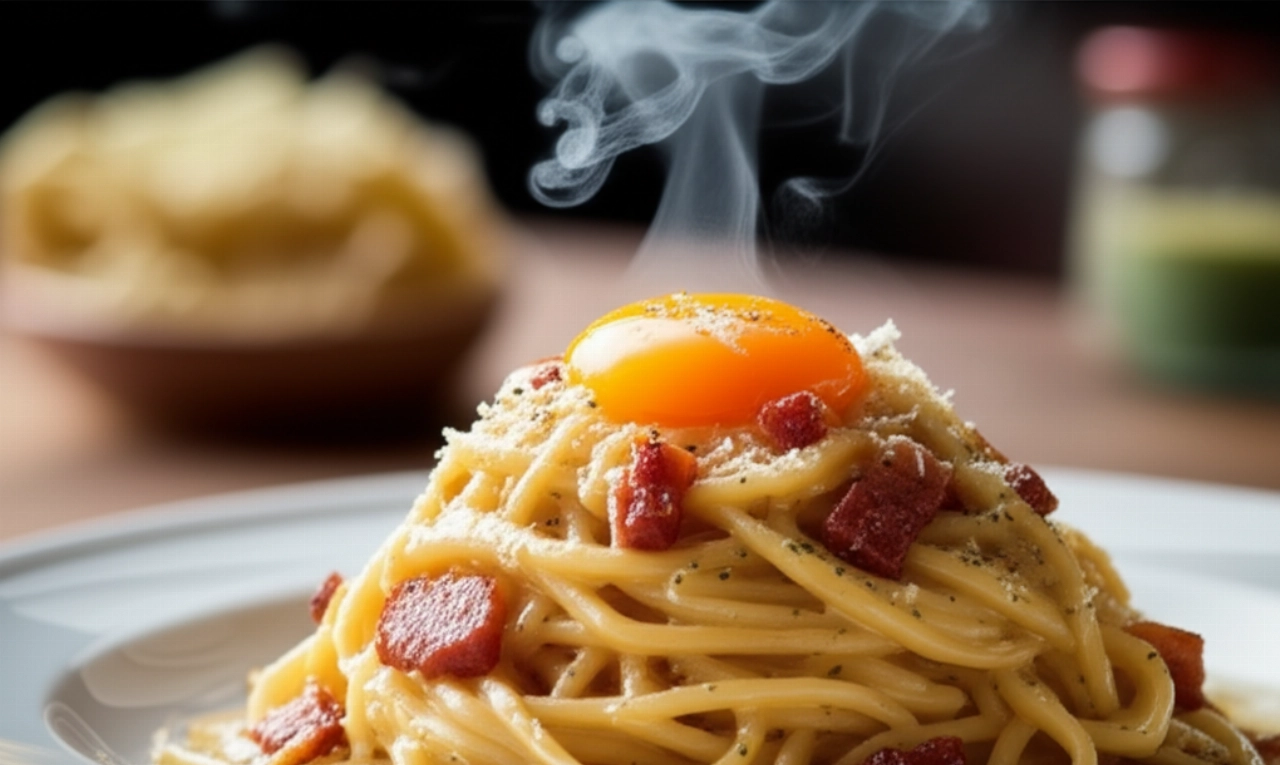
Ingredients for a Dream Carbonara: The Choice That Makes the Difference
Carbonara is a dish with few ingredients, but their quality and choice are fundamental. It's not just a simple list, but a guide to understanding the 'why' behind each element.
- Guanciale from Amatrice or Norcia: Forget bacon! Guanciale is the beating heart of Carbonara. Its fatty part melts during cooking, releasing an unmistakable flavor and precious fat for the creamy sauce. Choose excellent quality, aged just right.
- Pecorino Romano PDO: Not just any cheese. Pecorino Romano is savory, aromatic, and binds perfectly with the egg yolks. It's the salty and spicy soul of the dish.
- Very Fresh Eggs (yolks only): This is the secret to uncompromising creaminess. We will use only the yolks, rich in lecithin, which emulsify the guanciale fat and cooking water, creating a velvety cream. The egg white, if present, would tend to “curdle” the cream, turning it into an omelet.
- Durum Wheat Spaghetti: The pasta must be rough and bronze-drawn to best capture the cream. Spaghetti is the traditional shape, but rigatoni or bucatini can also work.
- Freshly Ground Black Pepper: Not pre-ground! Freshly ground black pepper releases an an aroma and spiciness that make all the difference. It's the aromatic element that balances the savoriness of the Pecorino and guanciale.
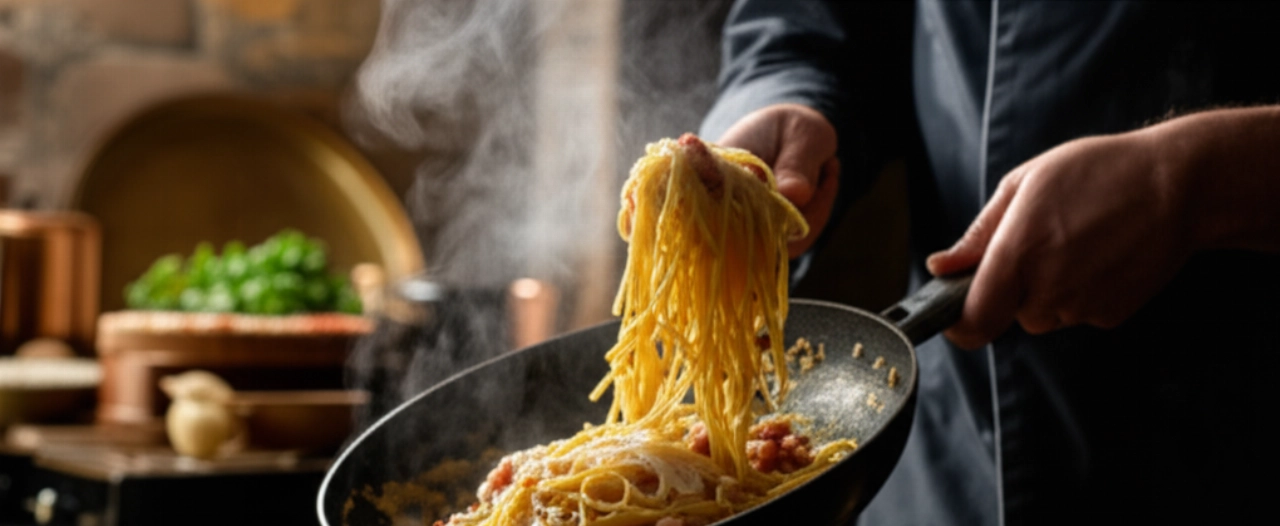
The 3 Common Mistakes That Ruin Carbonara (and How to Avoid Them)
As a “guardian” of Italian cuisine, I warn you about the most common pitfalls. Avoiding them is the first step towards guaranteed success.
- The "Omelet" Effect: This happens when the eggs cook too much. The key is temperature: the cream forms with the residual heat from the pasta and guanciale, not with direct heat. Never put the pan back on the heat after adding the eggs!
- The Use of Cream: A sacrilege for true Carbonara! Cream not only alters the authentic flavor but also makes the cream heavy and less digestible. Perfect creaminess is achieved only with egg yolks, Pecorino, pepper, and the guanciale fat emulsified with the cooking water.
- Boiled or Burnt Guanciale: The guanciale must become crispy on the outside and melt on the inside, releasing its precious fat. Cooking it too long or over too low heat will make it rubbery; over too high heat, it will burn without releasing the fat.
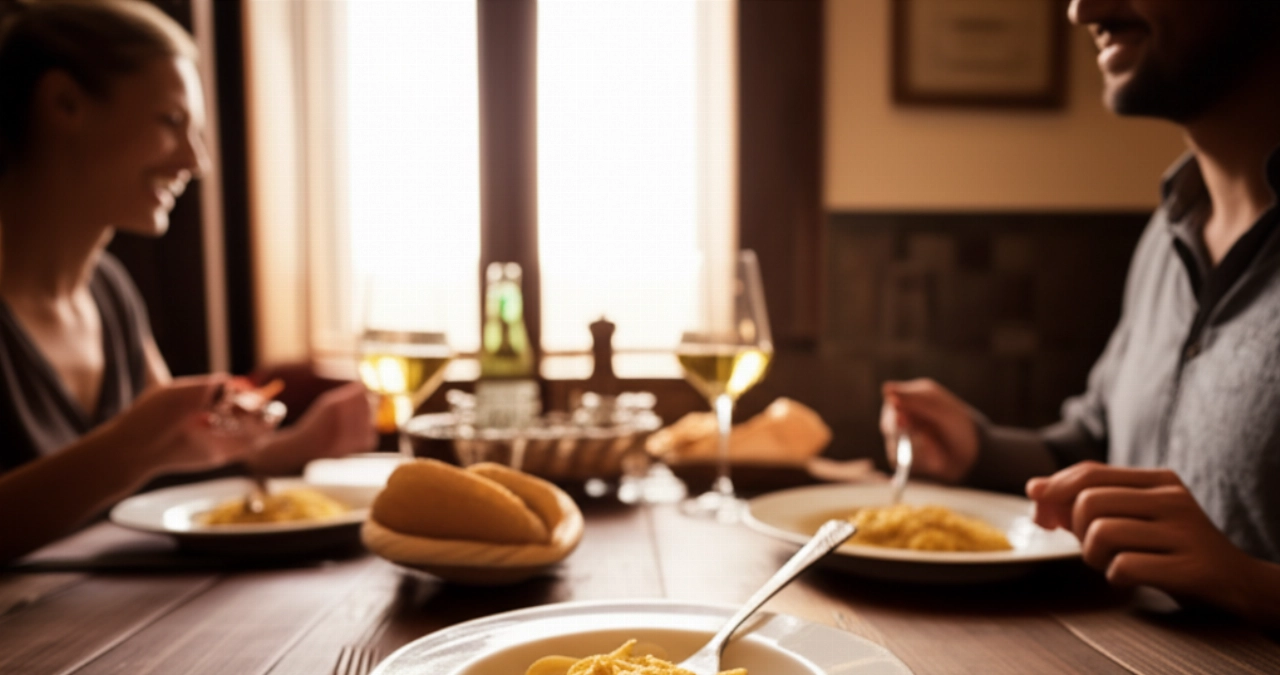
The Magic Touch: The Secret My Grandmother Passed Down to Me for the Perfect Cream
Grandma always said: “Carbonara is a ballet, and the cooking water is the music.” The true secret to an impeccable cream lies in gradually adding the starchy pasta cooking water to the mixture of egg yolks and Pecorino. This creates a perfect emulsion, making the cream velvety and rich, without lumps and without the “curdled” effect. It's the natural binder that few know how to masterfully dose.
Let's Prepare the Perfect Carbonara Together: The Step-by-Step Guide
Now that we know the secrets, let's get cooking. I'll guide you step by step, with the calm and precision that only experience can provide.
- Prepare the Guanciale:
Cut the guanciale into strips about half a centimeter thick. Heat a non-stick pan over medium-low heat and render the guanciale without adding any fat. It should become crispy and golden, releasing its precious fat. Once ready, drain it from the fat (which we will keep aside!) and set it aside on absorbent paper. - Prepare the Egg and Pecorino Cream:
In a large bowl, separate the yolks from the whites. For 2 people, use 3 yolks. Add plenty of grated Pecorino Romano (about 50-60g for 3 yolks) and a generous grind of fresh black pepper. Whisk vigorously with a whisk or fork until you get a thick and homogeneous cream. - Cook the Pasta:
Bring plenty of salted water to a boil in a large pot. Calculate the salt carefully, remembering that guanciale and Pecorino are already salty. Cook the spaghetti al dente, following the times indicated on the package. - Perfect Emulsification (Mantecatura):
When the pasta is almost ready, scoop out a ladleful of cooking water and add it to the egg yolk and Pecorino cream, mixing well to make it more fluid. Drain the spaghetti directly into the pan with the guanciale fat (without putting it back on the heat!). - The Magical Union:
Immediately pour the egg yolk and Pecorino cream over the spaghetti in the pan. Add almost all the crispy guanciale (leave a little for garnish). Mix quickly and vigorously, tossing the pasta, to ensure the cream binds perfectly and coats every strand of spaghetti. If the cream becomes too thick, add another tablespoon of cooking water. - Plate and Serve:
Immediately plate the spaghetti, garnish with the remaining crispy guanciale and another generous grind of fresh black pepper. Serve immediately, because Carbonara doesn't wait!
Tips and Frequently Asked Questions about Spaghetti Carbonara
Here you'll find answers to the most common doubts, so you can face any situation with the confidence of a true chef.
Can I use pancetta instead of guanciale?
Technically yes, but the result won't be true Carbonara. Guanciale has a unique flavor and texture, and especially a type of fat that melts differently, which is fundamental for the creamy sauce. If you really can't find guanciale, choose a good quality pancetta tesa, but be aware that the flavor will be different.
How many egg yolks should I use per person?
The general rule is 1 yolk per person, plus 1 or 2 “bonus” yolks for overall creaminess. So, for 2 people, 3 yolks are perfect. For 4 people, 5-6 yolks. The important thing is that the eggs are very fresh!
How can I fix the cream if it curdles or becomes too thick?
If the cream curdles (becomes grainy), it's because the eggs have cooked too much. You can try adding a tablespoon of cold cooking water and stirring vigorously off the heat. If it's too thick, simply add another tablespoon of hot cooking water, always stirring quickly.
Can I prepare Carbonara in advance?
Absolutely not! Carbonara is a dish meant to be enjoyed fresh. The cream solidifies and the pasta cools, losing all its magic. Prepare and serve it immediately to enjoy its creaminess and enveloping aroma.
A Masterpiece of Flavor and Tradition
There you have it! Now you no longer just have a recipe, but all the secrets to bring a dish to the table that tastes of home, tradition, and love. You've learned to master guanciale, create a velvety cream, and avoid the most common mistakes. Your Carbonara will be a guaranteed success, a true embrace of Roman flavors.
Don't worry, every step has been designed to guide you with confidence. Cooking is joy, and with this Carbonara, the joy will be double, for you and for those lucky enough to taste it!
Have you tried our recipe? We can't wait to hear how it went! Leave a comment below, share your experience, or tag us on Instagram @CercaRicette.it with a photo of your masterpiece. And if you love traditional pasta dishes, don't miss our recipe for Perfect Cacio e Pepe or for a timeless classic like Original Lasagne Bolognese.
